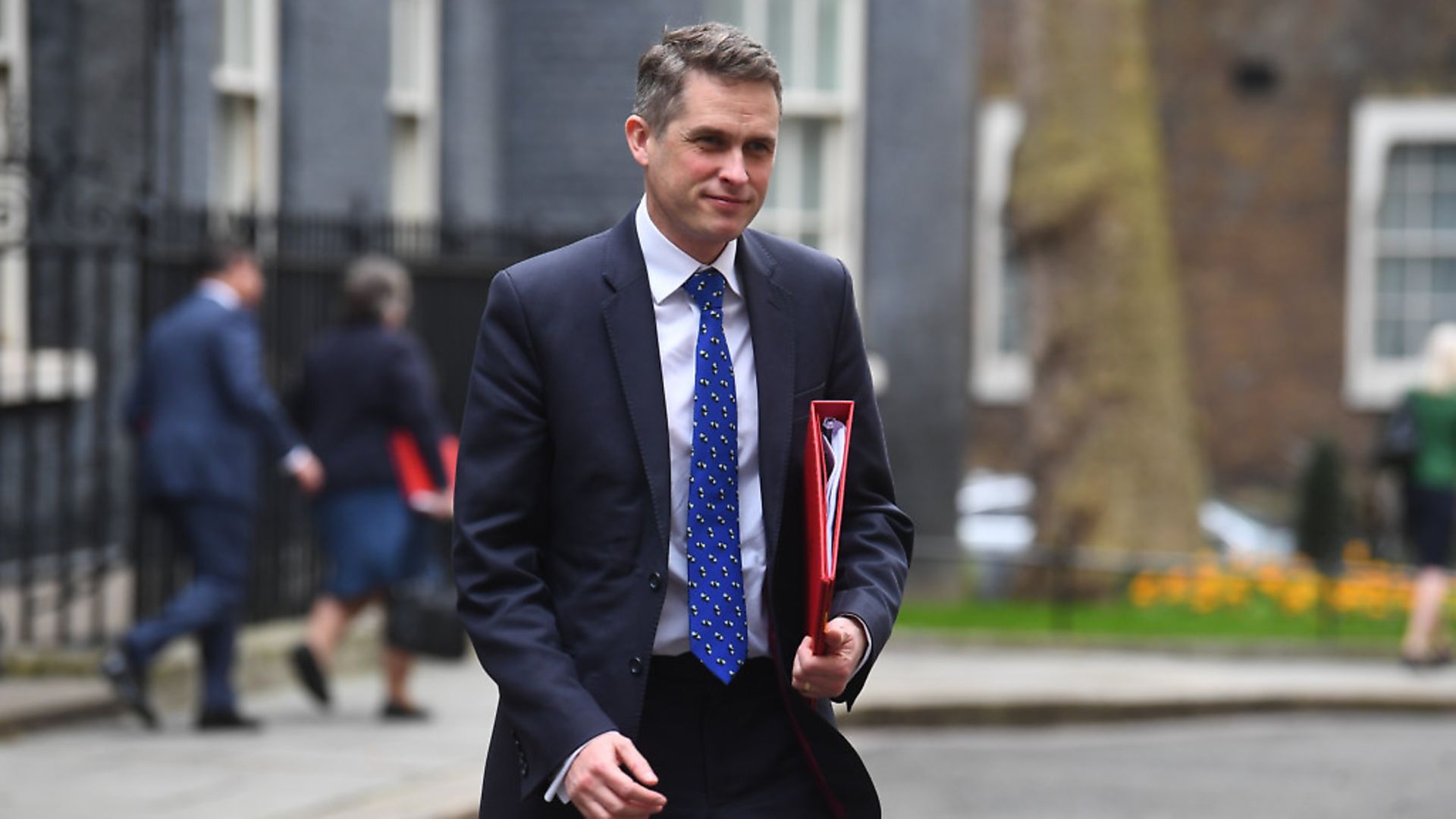
Yes, schools must return as soon as possible. But to reduce the damage their closure has done we must look far further into the future, says JAMES BALL.
Almost 11 months into the battle with coronavirus the UK’s political and media establishment are agreed on one – and perhaps only one – thing: we need to reopen our schools as soon as we possibly can.
The trouble is, that’s exactly where the agreement ends. For some as soon as possible means now. For others, it means after half term. For others, it’s April… or May. We’re divided on what steps actually might accelerate the process of reopening. And sometimes it feels like we’re not at all actually sure what we want schools open for.
It is clear that having schools closed is damaging in the short, medium and long term. Day-to-day it makes it harder for parents to work and disrupts the economy, as well as leading to fractious moods in family homes. It disrupts attempts to get students ready to start the next level of their education with the knowledge they need.
And long term, as Fiona Millar sets out on these pages, it will deeply entrench educational inequality – while also damaging, probably permanently, the prospects of almost all students.
The most ardent proponents of swift/immediate reopening tend to cite these horribly real and uncontested consequences, before moving on to the strawman argument that if closing is being done to protect students, it is unnecessary – because thankfully very, very few under-18s get severely ill with Covid-19 and an even tinier fraction die.
But that’s not the reason schools are being kept closed. They’re being kept closed – and children are being required to make these immense sacrifices – in order to protect adults
That is not to say that the primary targets of this protection are the teachers with whom they would be in contact, if schools were open. Indeed, many teachers are still in regular, daily contact with pupils, going into classrooms every day, to teach vulnerable children or the children of key workers. Some schools report almost half of their students are still coming onto the premises daily in this lockdown – a substantial figure.
This underlines why one popular proposed ‘solution’ – vaccinating teachers – would not necessarily prove a decisive factor in whether or not to reopen schools. The National Education Union is understandably campaigning for teachers to be moved up the priority list for vaccines and doing so would likely make the union more amenable to calls for reopening.
But teachers are already in classrooms with students, and other keyworkers are having to work in similarly crowded environments – supermarkets are cramped, bus drivers spend extended hours a day during an airborne pandemic with nothing but a plastic screen, close contact is often an unavoidable part of policing.
Rightly or wrongly, protecting teachers is not why schools are closed. The politics of prioritising vaccines are complex, too – any group moving up the priority list moves another down. The government is so far resisting moving key workers up at the expense of those aged 50-70, with the simple logic that everything suggests keeping things this way round will save more lives.
In simple terms, schools are closed because them being open spreads the virus to more people. Children often don’t get symptoms but at all ages they pass on the disease to those they come into contact with, and at older ages they seem to do so in comparable levels to adults.
This means that opening schools needs to be measured against the levels of coronavirus in the community, how full hospitals are, and what else is open – just like every other risky activity.
Safely reopening schools, then, means first accepting the trade-off that the government rejected last year: we can only open so much at once until a large share of the population is vaccinated. With a new more virulent strain, that means we can open less than we could before.
If the government is serious about schools being the top priority for reopening, the easiest next step is to back that up with action: as cases fall we will have a small but growing ‘budget’ to reopen.
Resisting the perfectly understandable urge to open shops, pubs, or send non-essential workers into offices will make it easier and safer to reopen schools. Restricting mixing outside of schools will further assist this process. Honest communication and forewarning about these trade-offs will make selling them to the public easier.
In reality, though, the row over reopening schools is a short-term one. The effects of the closures will resound over decades, regardless of whether schools begin reopening in mid-March or late April.
The most reassuring thing the government can do about this is to show it understands this: it could announce billions over the next decade to help with catch-up teaching for those in households that struggle to learn remotely.
It could boost schemes to help students who leave school with no or few qualifications. It could continue current efforts to get IT for homework in the hands of students from low-income families, if it realised that being unable to effectively work from home doesn’t just do damage during pandemics – it just heightens those existing challenges.
It can also provide support that might prove less difficult to taper after the fact. The government will grade generously again this year, to avoid the initial A-Level backlash. That means universities will have a large influx of students, many of whom will be less prepared for university than usual. That will need short-term catch-up funding too.
There are no short-term or cheap fixes for problems in education – but because it happens at the start of our lives, its effects are felt through it. It’s why investment in education is among the best money the government can ever spend.
The pandemic hasn’t created these problems, it’s just made them harder to ignore. But perhaps that’s why it’s easier to argue about moves that might buy an extra week or two in the classroom, rather than the ones which might fix the effects of months of absence and years of an unfair playing field.
We need to decide if we, as a society, are angry about the unfairness of our education system, or the fact that the pandemic has made them impossible to ignore – because that’s what we’re really arguing about when we argue about reopening.










